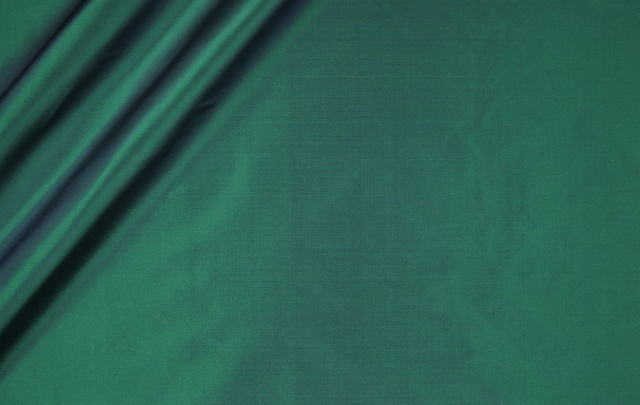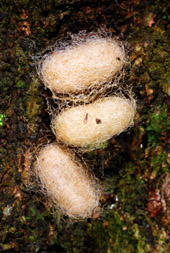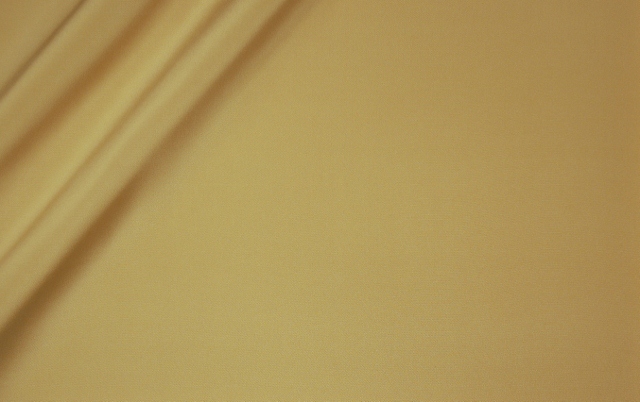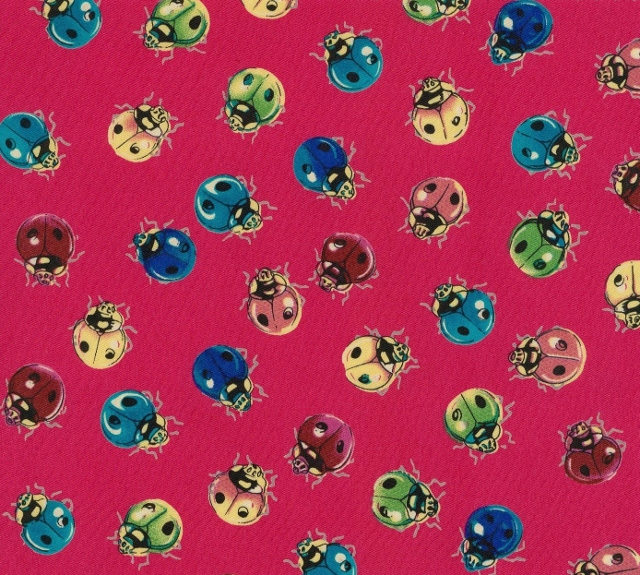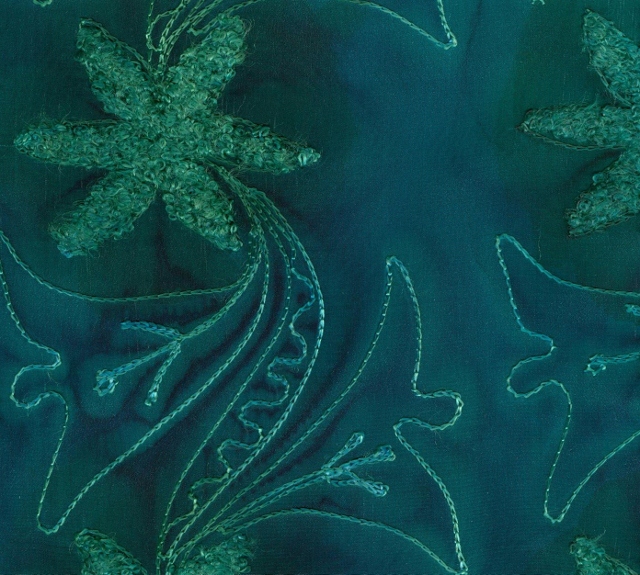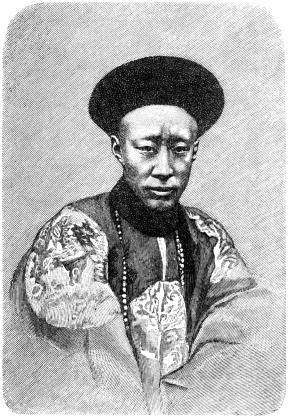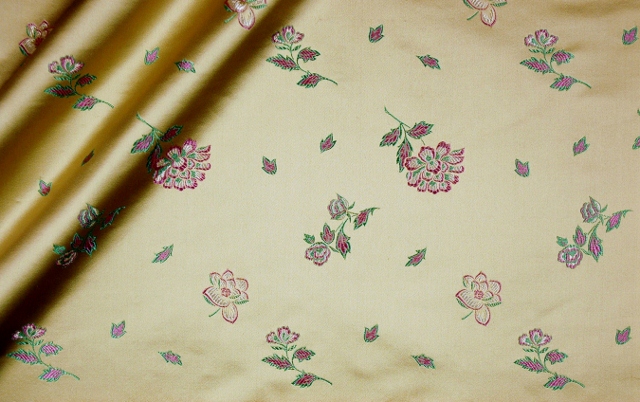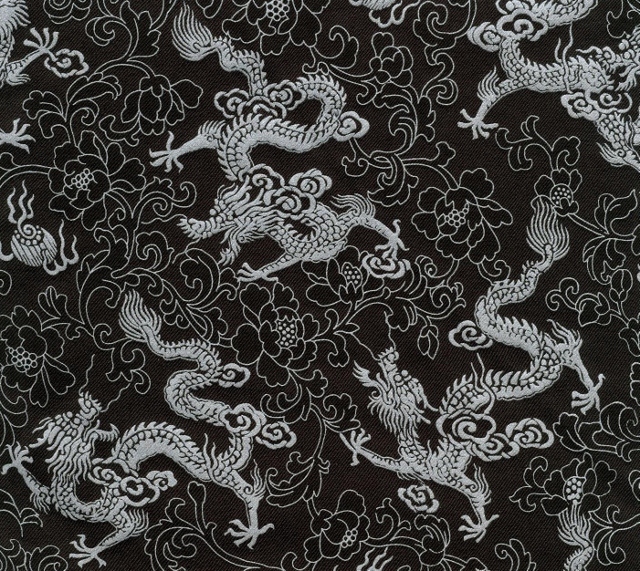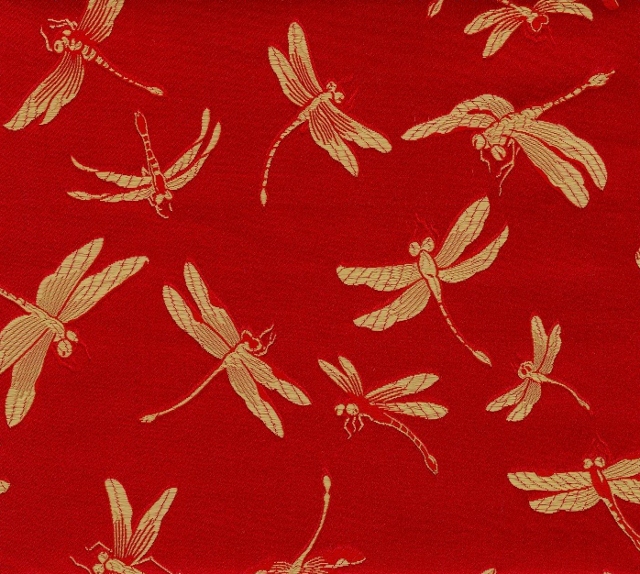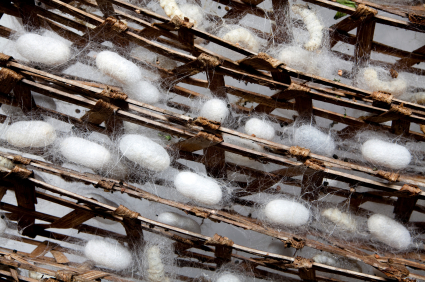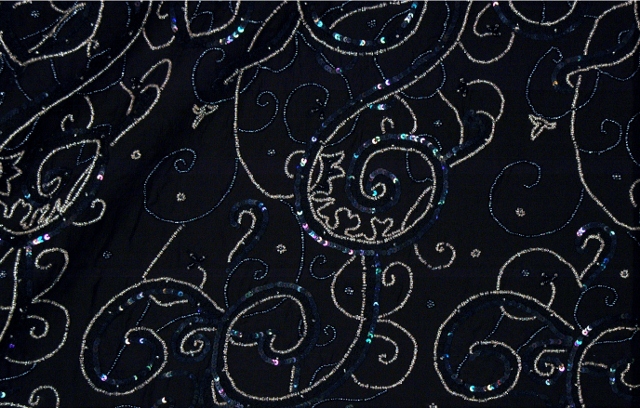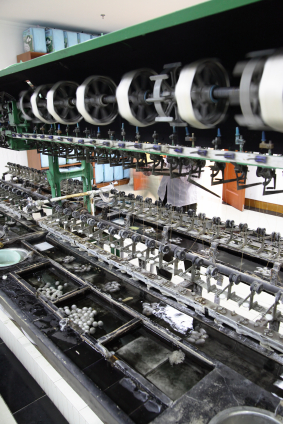Silk Fabric - Wholesale and Retail Silk Fabric

Call or Text Toll Free 1-877-877-3069
Silk
Silk was originally discovered in China with the earliest use of silk dating back to 2640 BC. No doubt, this is one reason why today we have the term China Silk. For over 4,500 years silk fabric derived from a member of the caterpillar family has been the most valued of all textiles. Silk has been used to produce luxurious Tapestries, and silk fabrics which have been made into Wedding Gowns, Lingerie, Robes, Pajamas, Dresses, Blouses, Scarves, Shawls, Shirts, Ties, Suits, Kimonos, Bedding, Curtains, Furniture upholstery and Accessories.
For the commercial production of silk, the most desired silkworms are the larva or the caterpillars of the Asiatic mulberry moth Bombyx Mori. This is where the term "Mulberry Silk" comes from. The commercially cultivated silkworms feed on a diet of mulberry leaves. The specialized diet of mulberry leaves creates employment for thousands of workers. The mulberry trees must be cared for, the leaves plucked, chopped and fed to the young larvae every few hours. The trees are then pruned and prepared for the next season’s crop. Chemicals cannot be used on the mulberry trees or the sensitive silkworms will perish. Every 7 pounds of silk requires approximately 1,000 pounds of mulberry leaves. The Japanese have developed a food substitute by mixing mulberry leaves, soybeans and agar. This increases production and reduces labor costs. During the silkworms 25 to 28-day lifespan, they will molt four times as a result of their bodyweight increasing by as much as 10,000 times. After the final molting the silkworms ultimately produce a silk cocoon consisting primarily of two different types of protein - fibroin (70 to 80%) and sericin (20 to 30%).
When a silk cocoon is unwound or reeled a continuous silk thread referred to as a bave is produced. Some of the largest cocoons can yield a bave or cocoon thread as long as 1,300 yards or .74 miles, approximately 1,200 meters or 1.2 kilometers! To produce 1 pound of silk requires 1,000 miles of cocoon thread from 2,000 to 3,000 average sized cocoons. The single cocoon thread is too thin to be used on its own and must be "thrown" or combined with many other threads to produce a silk yarn thick enough for the weaving process.
There are over 500 species of wild silkworms, which feast on oak and other leaves, and are capable of fending for themselves. The tussah worm is considerably larger than the commercially cultivated variety, sometimes growing to six inches in length, producing an egg-sized cocoon. China produces approximately 80% of the world’s tussah silk. The Assam Valley in India produces a golden colored tussah that cannot be reeled off of the cocoon as with other silks, but instead must be spun like cotton or wool.
Even though silk comprises of a mere 0.2% of the world's total production of textile fibers, it will continue to be a sought after luxurious fabric for the discriminating individual. "Silk does for the body what diamonds do for the hand."
